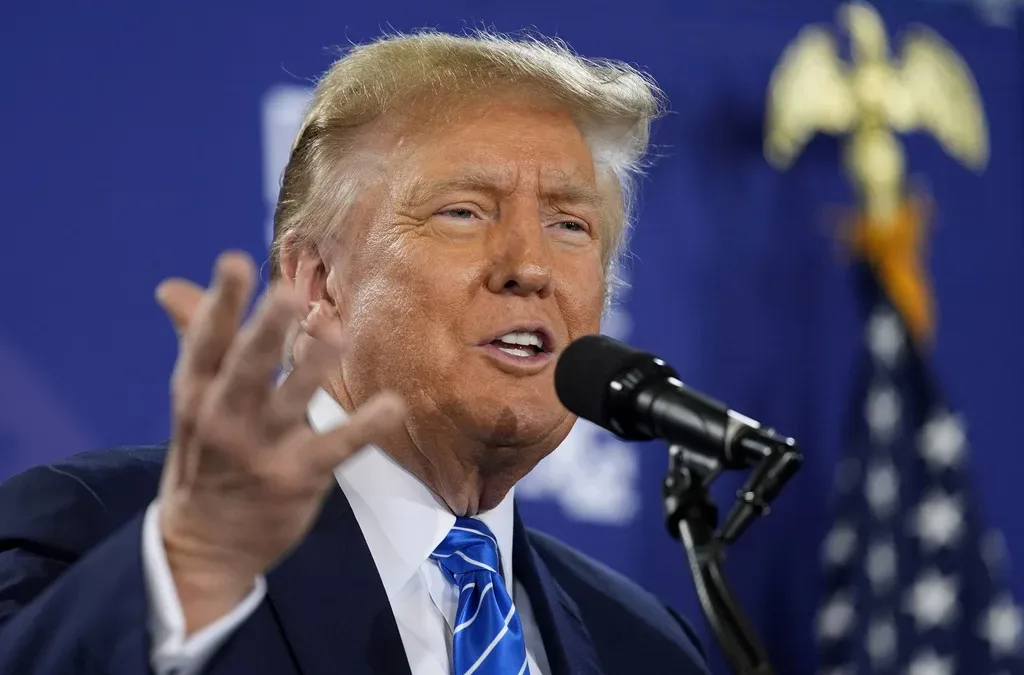Virginia Board of Education’s annual report finds school funding from the state is 8% lower than it was in 2009.
The Virginia Board of Education presented its annual report to Gov. Ralph Northam on Sunday, outlining areas in need of improvement. Among the findings were “persistent achievement gaps,” a shortage of qualified educators, and lack of funding.
The board noted that many of its findings from the previous year’s report remained the same. It did highlight a slight improvement in the number of teacher vacancies, dropping from 1,081 in the 2016 -2017 year to 897 this past year. But that number is still more than double the vacancies from ten years ago.
School funding from the state has fallen 8% since 2009, after adjusting for inflation, the report said. Local governments often stepped in to fill the gap, but the board noted that “not all localities have the capacity to provide additional investments,” leading to inequitable learning environments across the state.
The paper also explained that Virginia was one of only seventeen states with a “regressive funding model,” meaning that schools with high poverty rates typically receive fewer resources than schools with wealthier populations. This model runs contrary to the national trend, where the exact opposite is usually true.
One of the reports more striking details is just how many new and provisionally licensed teachers are often concentrated in Virginia’s high poverty schools. Higher poverty schools, where over 75% of the students live in poverty have an average of 13.5% new teachers versus wealthier schools, where the average is 7.2%.
All of these factors contributes to creating what the report describes as “persistent achievement gaps” between poorer and wealthier student populations.
The board wrote that it had released standards of quality revision earlier this year meant to address some of these issues. Their recommendations included setting staffing ratios for school nurses, social workers, and school psychologists. It also established the Equity Fund, which distributes funds to schools with more than 55 percent of their students living below the poverty line.
Politics

It’s official: Your boss has to give you time off to recover from childbirth or get an abortion
Originally published by The 19th In what could be a groundbreaking shift in American workplaces, most employees across the country will now have...

Trump says he’s pro-worker. His record says otherwise.
During his time on the campaign trail, Donald Trump has sought to refashion his record and image as being a pro-worker candidate—one that wants to...
Local News

Virginia verses: Celebrating 5 poetic icons for National Poetry Month
There’s no shortage of great writers when it comes to our commonwealth. From the haunting verses of Edgar Allan Poe, who found solace in Richmond's...

Join the fun: Recapping Family Literacy Night’s storybook adventures
When’s the last time you read a book aloud with a loved one? If it’s difficult to answer that question, then maybe it’s time to dust off that TBR...




